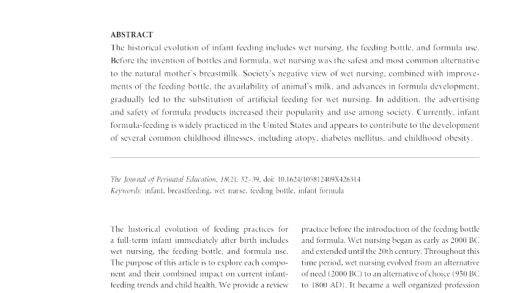Public relations is essential for managing perceptions and building positive relationships. Key strategies include storytelling, social media engagement, and press releases. Success is measured through tools like media monitoring and audience feedback, with notable campaigns demonstrating effectiveness.
What is Public Relations?: Defining the Role and Importance
Public relations is a vital aspect of communication that focuses on building and maintaining a positive image for individuals, organizations, or brands. It involves managing the spread of information between an entity and the public, ensuring that the message is clear, consistent, and favorable. Public relations is not just about handling crises; it encompasses a broad range of activities aimed at fostering goodwill and understanding.
The importance of public relations cannot be overstated. In today’s fast-paced digital age, where information spreads rapidly, effective PR strategies are crucial. A well-executed public relations campaign can help an organization enhance its reputation, engage with its audience, and ultimately drive success. For instance, a company facing negative publicity can utilize PR to rebuild trust and restore its image.
Key roles of public relations include:
- Media Relations: Establishing and nurturing relationships with journalists and media outlets to secure coverage.
- Crisis Management: Developing strategies to address and mitigate the impact of negative events or publicity.
- Event Management: Organizing events that promote the organization and its values.
- Content Creation: Crafting press releases, articles, and social media posts that convey the desired message.
To summarize, public relations plays a critical role in shaping perceptions and influencing public opinion. Its strategies are designed to create a favorable environment for communication, making it an essential tool for any organization aiming for long-term success.
Key Strategies in Public Relations: Shaping a Positive Image
Public relations strategies are essential tools for professionals aiming to create and maintain a favorable image for their clients. These strategies are tailored to address specific goals and challenges, often focusing on fostering strong relationships with the audience. Here are some key strategies:
- Storytelling: Crafting compelling narratives that resonate with the target audience is crucial. A well-told story can humanize a brand and create emotional connections.
- Social Media Engagement: Utilizing platforms like Twitter, Facebook, and Instagram allows organizations to interact directly with their audience. This engagement helps build a community around the brand.
- Press Releases: Regularly distributing press releases keeps the media informed about important updates. This proactive approach ensures that the organization is represented in a positive light.
- Influencer Partnerships: Collaborating with influencers can enhance credibility and reach. Influencers often have dedicated followings, making them effective advocates for brands.
- Feedback Mechanisms: Establishing channels for audience feedback is vital. Listening to public opinion allows organizations to adapt and respond to concerns, enhancing their image.
Implementing these strategies effectively can lead to significant improvements in public perception. For example, a company that faced backlash over a product recall can utilize storytelling to share their commitment to safety and quality, thereby rebuilding trust.
In conclusion, understanding and applying effective public relations strategies is key to shaping a positive image. By focusing on storytelling, engagement, and proactive communication, PR professionals can navigate the complex landscape of public perception.
Measuring Success in Public Relations: Tools and Examples
Measuring success in public relations is crucial for understanding the effectiveness of PR strategies. It allows professionals to evaluate their efforts and adapt their approaches based on results. Various tools and metrics help quantify the impact of public relations activities, ensuring that organizations can track their progress and success.
One of the primary tools for measuring public relations success is the use of media monitoring. This involves tracking mentions of the organization or brand across different media platforms, including newspapers, online news sites, and social media. By analyzing the volume and sentiment of these mentions, PR professionals can gain insights into public perception and the effectiveness of their campaigns.
Another important method is the surveys and feedback forms. Gathering direct feedback from the audience helps PR teams understand the impact of their messages. Surveys can gauge brand awareness, customer satisfaction, and overall public sentiment, providing valuable data that can inform future strategies.
Website analytics also play a significant role in measuring success. By analyzing web traffic, social media engagement, and conversion rates, organizations can see how effective their PR campaigns are in driving traffic and generating leads. For instance, a spike in website visits following a press release indicates that the campaign successfully captured public interest.
Additionally, successful public relations campaigns often feature case studies that highlight the effectiveness of specific strategies. For example, the “Ice Bucket Challenge” for ALS awareness generated massive media coverage and raised millions in donations. This campaign showcased how innovative PR strategies could lead to tangible results.
In conclusion, measuring success in public relations is multifaceted and involves various tools, including media monitoring, surveys, and website analytics. By employing these methods, PR professionals can effectively evaluate their strategies and ensure continuous improvement in communication efforts.





Comments are closed.